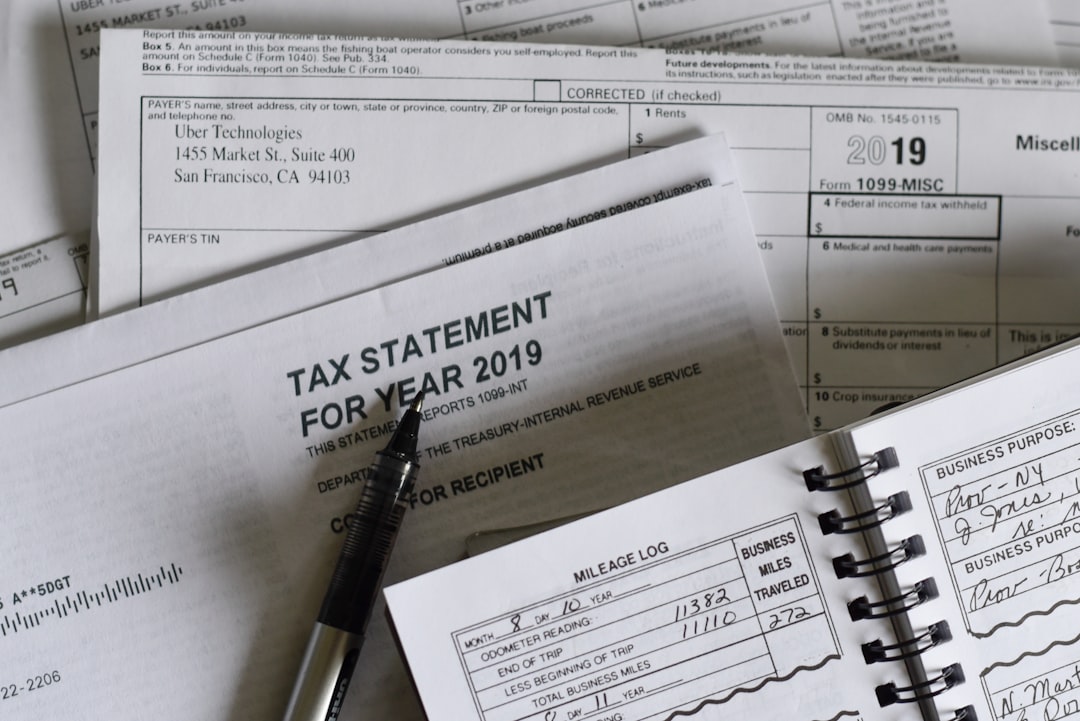Let’s say you’ve invested in a company outside your home country. Nice move! One day, you get a payment in your account. It’s a dividend from that foreign company. Yay! But hold on—what should you do with it? More importantly, how do you treat that dividend when it comes to taxes and reporting?
In this article, we’ll break it down. Simple, fun, and easy to follow. Think of this as your international dividend cheat sheet!
First Things First – What Is a Dividend?
A dividend is a payout a company gives to its shareholders. If you own shares, you’re a shareholder. And that means—cha-ching!—you might get a piece of the profit.
Companies usually pay dividends in cash. Sometimes it’s in the form of more shares. Either way, it’s income for you.
Foreign Dividend? What’s the Big Deal?
When a company from another country pays you a dividend, it’s called a foreign dividend. These come with a twist.
- You might pay tax in the foreign country
- You might also owe tax in your home country
- The money might be paid in a different currency
See? Not just free money with zero strings attached. But don’t worry—it’s manageable!

Step 1: Check for Foreign Withholding Tax
Many countries take a chunk of your dividend before it even reaches you. This is called a withholding tax. Not fair, right? But it’s standard practice.
The rate varies by country. Some countries have tax treaties with yours. That means the rate might be lower.
For example:
- You live in the U.S.
- You receive a dividend from a company in France
- France may withhold 15% to 30% before you get paid
So always check the rates. Your broker might list it on your dividend statement.
Step 2: Report It on Your Tax Return
This next part is super important. You must report the foreign dividend as income.
If you’re a U.S. taxpayer, it goes on your Form 1040, Schedule B.
Other countries have similar forms. The key thing is—don’t ignore it! The taxman knows everything.
Step 3: Claim a Foreign Tax Credit (Maybe!)
Good news! If you paid tax to another country, your home country might give you credit for it.
This is called a Foreign Tax Credit. It helps prevent being taxed twice on the same money.
You’ll usually need to fill out special forms to claim this. If you’re in the U.S., it’s Form 1116.
Not always easy, but it can save you money.

Currency Exchange – Watch Out!
If the dividend is in another currency, you’ll have to convert it.
You should convert the amount into your home currency using the exchange rate on the date you received it.
Use a reliable source—for example, your brokerage platform or a government-listed daily rate. That number goes on your tax return.
What Happens in Tax-Free Accounts?
Have a retirement or tax-advantaged account? Great!
In many cases, foreign dividends received in those accounts still get taxed by the foreign country. But you might not owe any more taxes at home.
Still, read the fine print. And maybe talk to a tax advisor to be sure.
Quick Recap:
- Step 1: Check if foreign tax was already withheld
- Step 2: Report the dividend on your tax return
- Step 3: See if you’re eligible for a foreign tax credit
- Convert any foreign currency to your local money
- Consult a pro if anything feels tricky
Foreign dividends can be sweet, but they need a little extra seasoning—mainly paperwork and attention!
Final Tip: Keep Good Records
Hang onto your dividend statements.
Store currency exchange details, withholding tax amounts, and any foreign forms you receive. They’ll help you stay accurate and stress-free during tax season.
And that’s it! You now know how to handle a foreign dividend like a pro.
Wouldn’t it be great if money just came with instructions? Well, now it kinda does!



Leave a Reply